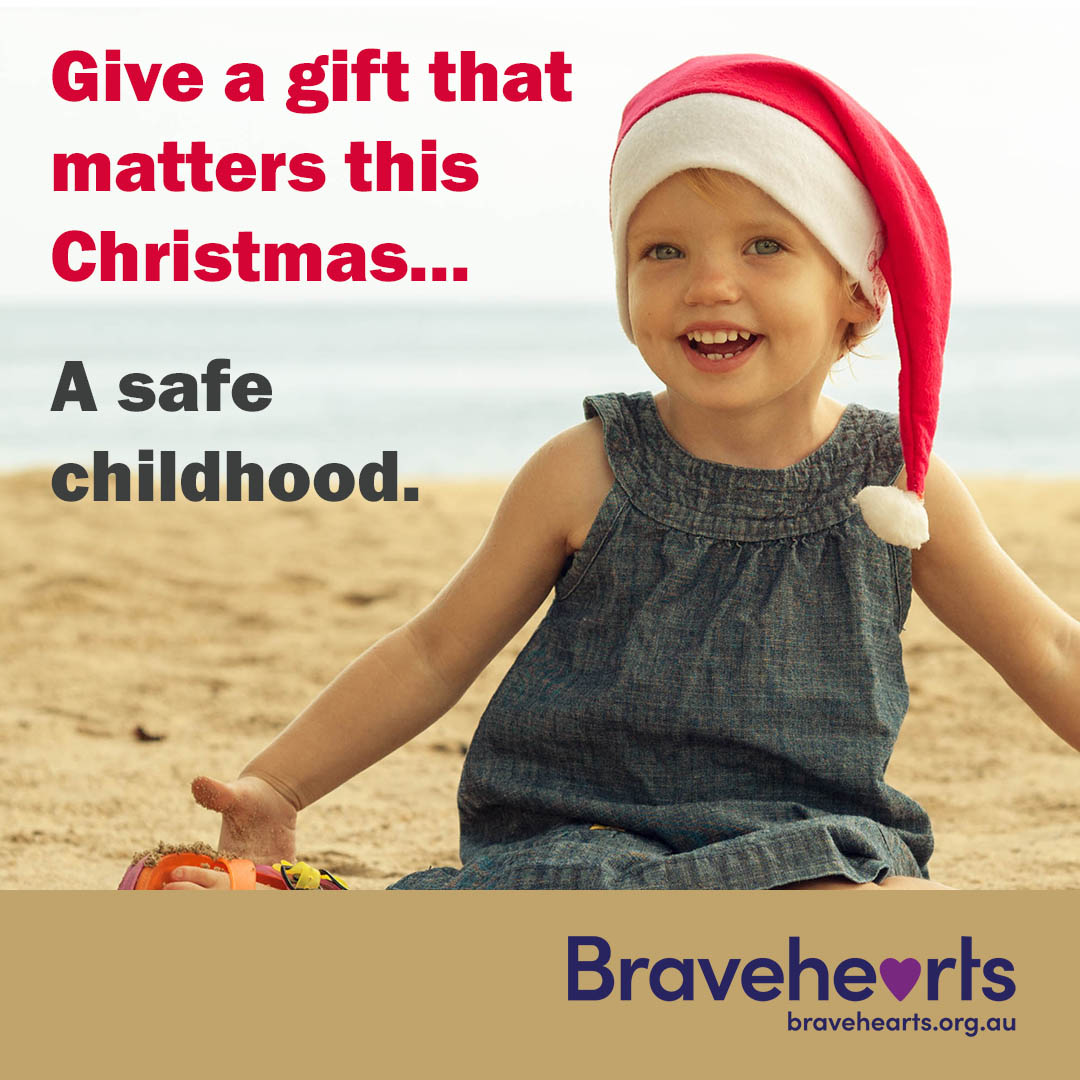Research + Reform
-
Stats & Facts
- Prevalence of child sexual abuse
- Nature of child sexual abuse: risk factors & dynamics
- Disclosure of child sexual abuse
- Harmful sexual behaviours (incl. peer-instigated abuse)
- Child sex offenders
- Convicting, treating & managing child sex offenders
- Child sexual abuse & religious organisations
- The impact of child sexual abuse
- The cost of child sexual abuse
- Child sexual abuse: prevention & education
- Community views on child sexual abuse
- Online risks, child exploitation & grooming
- Research
- Reform & Submissions
Helpful Links
- Home > Research + Reform > Stats & Facts > Nature of child sexual abuse: risk factors & dynamics
Nature of child sexual abuse: risk factors & dynamics
Childhood maltreatment and abuse is more common amongst LGBTQI+ children and young people than amongst their heterosexual peers (Capaldi, Schatz, & Kavenagh, 2024).
A study comparing reported grooming behaviours between adults who experienced child sexual abuse and those with no sexual abuse history revealed several behaviours that indicated a high level of risk (“red flags”) for sexual grooming (being reported significantly more often by those with a history of sexual abuse):
- Increased sexualised touching of the child over time
- Seemingly innocent or non-sexual touching of the child
- Accidental touching or distraction while touching the child
- Exposing naked body to the child
- Watching the child undressing or while naked
- Showing the child pornography
- Telling the child about past sexual experiences
- Separating or isolating the child from peers and family (Jeglic, Winters, & Johnson, 2023).
The Australian Child Maltreatment Study (ACMS), the first nationally representative study of child maltreatment rates, found that girls experience double the rate of child sexual abuse than boys (37.3% c.f. 18.8%) (Mathews, Pacella, Scott, et al., 2023).
A study comparing reported grooming behaviours between adults who experienced child sexual abuse and those with no sexual abuse history revealed several behaviours that indicated a high level of risk (“red flags”) for sexual grooming (being reported significantly more often by those with a history of sexual abuse):
- increased sexualised touching of the child over time
- seemingly innocent or non-sexual touching of the child
- accidental touching or distraction while touching the child
- exposing naked body to the child
- watching the child undressing or while naked
- showing the child pornography
- telling the child about past sexual experiences
- separating or isolating the child from peers and family (Jeglic, Winters, & Johnson, 2023).
The ACMS also found that for 78% of children who experienced child sexual abuse, the abuse happened more than once. For 42% of children who experienced child sexual abuse, it happened six or more times, and for 11% of children who experienced sexual abuse, it happened more than 50 times (Mathews, Pacella, Scott, et al., 2023).
In 48% of cases, the first instance of sexual abuse experienced by women before the age of 15 occurred between 5 and 9 years of age. In 48% of cases, the first instance of sexual abuse experienced by men before the age of 15 occurred between 10 and 14 years of age (Australian Bureau of Statistics, 2021).
While girls are more commonly victimised globally, in some contexts boys are at higher risk of sexual exploitation than are girls (ECPAT International, 2021).
A systematic review exploring the demographic and psychosocial factors associated with child sexual exploitation (defined as “coerced sexual acts between a child or a young person and an individual or a group in exchange for money, gifts, substances, or other commodities”), found 52 factors described across 37 unique studies. The strongest factors significantly associated with exposure to sexual exploitation were engagement in sexual risk behaviours, having more than 5 sexual partners, a diagnosis of posttraumatic stress disorder, historical exposure to child pornography, and a history of childhood sexual abuse (Laird, Klettke, Hall, Clancy & Hallford, 2020).
Research with children seen for evaluation in a child sexual abuse centre in Ireland found that the onset of abuse for more than half the children (52%) was age 0-8 years. The majority of children (60.5%) experienced intra-familial abuse (defined as abuse by a parent, step-parent, mother’s boyfriend or other relative), and over ninety per cent (92.3%) of the alleged perpetrators were male (McElvaney, Moore, O’Reilly, Turner, Walsh & Guerin, 2020).
Research shows that children with a learning disability are 2.5 times more likely to be the subject of a sexual abuse allegation than children without a learning disability, regardless of other confounding factors (Helton, Gochez-Kerr & Gruber, 2018).
A qualitative study of the grooming process from the perspective of male survivors of child sexual abuse showed common themes relating to grooming stages. The two key stages of grooming were (a) the initial stage of creating a relationship, which focused on inducements and environmental grooming; and (b) keeping the child compliant after the onset of abuse and avoiding disclosure, which involved inducements, relationship development and/or coercive behaviours. Only the second stage was relevant for survivors of intrafamilial abuse, whereas most survivors of extrafamilial abuse experienced both stages. Both survivors of intrafamilial and extrafamilial sexual abuse indicated that three factors served to facilitate the grooming process: (a) their own vulnerabilities and the abuser’s exploitation of these; (b) the abuser’s social position, which was usually one of trust and authority; and (c) the broader social context which often involved social avoidance of abuse (Plummer, 2018).
Adolescents in institutional care have a high lifetime prevalence of sexual victimisation when compared with nationwide samples – a German study with adolescents from residential care facilities and boarding schools showed lifetime rates of sexual victimisation of 46.7% for girls and 8% for boys. Offenders were mostly adolescents of the same age (Allroggen, Rau, Ohlert & Fegert, 2017).
A meta-analysis of child sexual abuse characteristics showed that intra-familial sexual abuse was more likely to be experienced at a young age. Additionally, this study showed that abuse was more frequent and/or committed over a longer period of time when it involved more contact or force when a relative was the perpetrator, and when the abuse commenced at a younger age (Ventus, Antfolk, & Salo, 2017).
References
Allroggen, M., Rau, T., Ohlert, J., & Fegert, J. (2017). Lifetime prevalence and incidence of sexual victimization of adolescents in institutional care. Child Abuse & Neglect, 66, 23-30.
Australian Bureau of Statistics (2021). Sexual violence: Victimisation. Canberra: ABS.
Capaldi, M., Schatz, J., & Kavenagh, M. (2024). Child sexual abuse/exploitation and LGBTQI+ children: Context, links, vulnerabilities, gaps, challenges and priorities. Child Protection and Practice, 1, https://doi.org/10.1016/j.chipro.2024.100001
ECPAT International (2021). Global boys initiative: A global review of existing literature on the sexual exploitation of boys. ECPAT International.
Helton, J.J., Gochez-Kerr, T., & Gruber, E. (2018). Sexual abuse of children with learning disabilities. Child Maltreatment, 23(2), 157-165.
Jeglic, E.L., Winters, G.M., & Johnson, B.N. (2023). Identification of red flag child sexual grooming behaviors. Child Abuse & Neglect, 136, doi: 10.1016/j.chiabu.2022.105998
Laird, J.J., Klettke, B., Hall, K., Clancy,. E., & Hallford, D. (2020). Demographic and psychosocial factors associated with child sexual exploitation: A systematic review and meta-analysis. JAMA Network Open, 3(9): e2017682. doi:10.1001/jamanetworkopen.2020.17682
Mathews, B., Pacella, R.E., Scott, J.G., Finkelhor, D., Meinck, F., Higgins, D.J., Erskine, H.E., Thomas, H.J., Lawrence, D., Haslam, D.M., Malacova, E., Dunne, M.P. (2023). The prevalence of child maltreatment in Australia: Findings from a national survey. Medical Journal of Australia, 218 (6 Suppl.), S13-S18. doi: 10.5694.mja2.51873.
McElvaney, R., Moore, K., O’Reilly, K., Turner, R., Walsh, B., & Guerin, S. (2020). Child sexual abuse disclosures: Does age make a difference? Child Abuse & Neglect, 99, doi: 10.1016/j.chiabu.2019.104121
Plummer, M. (2018). Lived experiences of grooming among Australian male survivors of child sexual abuse. Journal of Interpersonal Violence, 33(1), 37-63.
Putnam, F. W. (2003). Ten-year research update review: Child sexual abuse. Journal of the American Academy of Child & Adolescent Psychiatry, 42(3), 269–278.
Ventus, D., Antfolk, J., & Salo, B. (2017). The associations between abuse characteristics in child sexual abuse: a meta-analysis. Journal of Sexual Aggression, 23(2), 167-180.
 BACK
BACK


